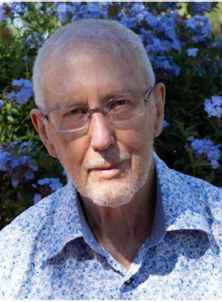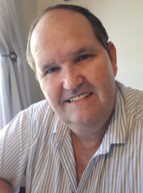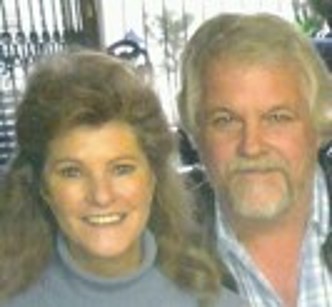Northern Transvaal Branch - Allegaartjie 2020
The Allegaartjie meeting has become an annual institution of the Northern Transvaal branch, during which branch members present a variety of talks - usually something of everything. The Afrikaans word ‘Allegaartjie’ actually means that one accumulates, collects or combines different things to be jointly entertained by the variety.
Navigate to the presentation video, text or slide set. Each presentation is in the language of the topic. For a summary of each presentation, see below.
| Click on the ✔ to open | ||||||
|
DATE
|
SPEAKER
|
TOPIC
|
VIDEO
|
TEXT
|
SLIDES
|
CV
|
2020-11-14
|
Oosie Oosthuizen |
Programme Director |
||||
2020-11-14
|
Louna Coetzee |
Op gister se spore |
✔ |
✘
|
||
2020-11-14 |
Tinus Kühn |
Die foto in die gang |
✔ |
✘
|
||
2020-11-14 |
David Engela |
Van watter Engela's is jy? |
✘
|
|||
2020-11-14
|
Flip & Leonie de Witt |
Familiegeskiedenis, aan die hand van foto's en gepaste musiek: |
✘
|
✘ | ✘ | ✔ |
Piet Retief: Lenie de Wet-soektog |
✔ | ✘ | ✘ | ✘ | ||
|
|
Zuurberg Soektog – Jan Christoffel Greyling |
✔ | ✘ | ✘ | ✘ | |
|
|
Leonie Greyling Familie-register |
✔ | ✘ | ✘ | ✘ | |
|
|
Flip de Witt Familie-register |
✔ | ✘ | ✘ | ✘ | |
2020-11-14
|
|
Afsluiting |
✔ | ✘ | ✘ | ✘ |
|
|
Wendy Cox |
Bedank die sprekers |
||||
|
|
Wilhelm Bernhardt |
Spreek die laaste woord |
||||
| ALLEGAARTJIE FOR UPCOMING YEAR | ||||||
| 2022 | Northern Transvaal Branch - Allegaartjie | |||||
| 2021 | Northern Transvaal Branch - Allegaartjie |
|||||


 Tinus Kühn, 14 November 2020
Tinus Kühn, 14 November 2020 David Engela, 14 November 2020
David Engela, 14 November 2020 Flip en Leonie de Witt, 14 November 2020
Flip en Leonie de Witt, 14 November 2020